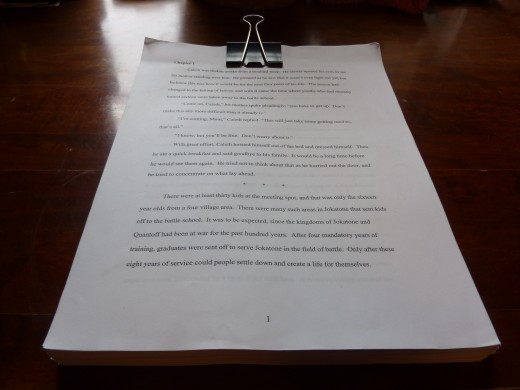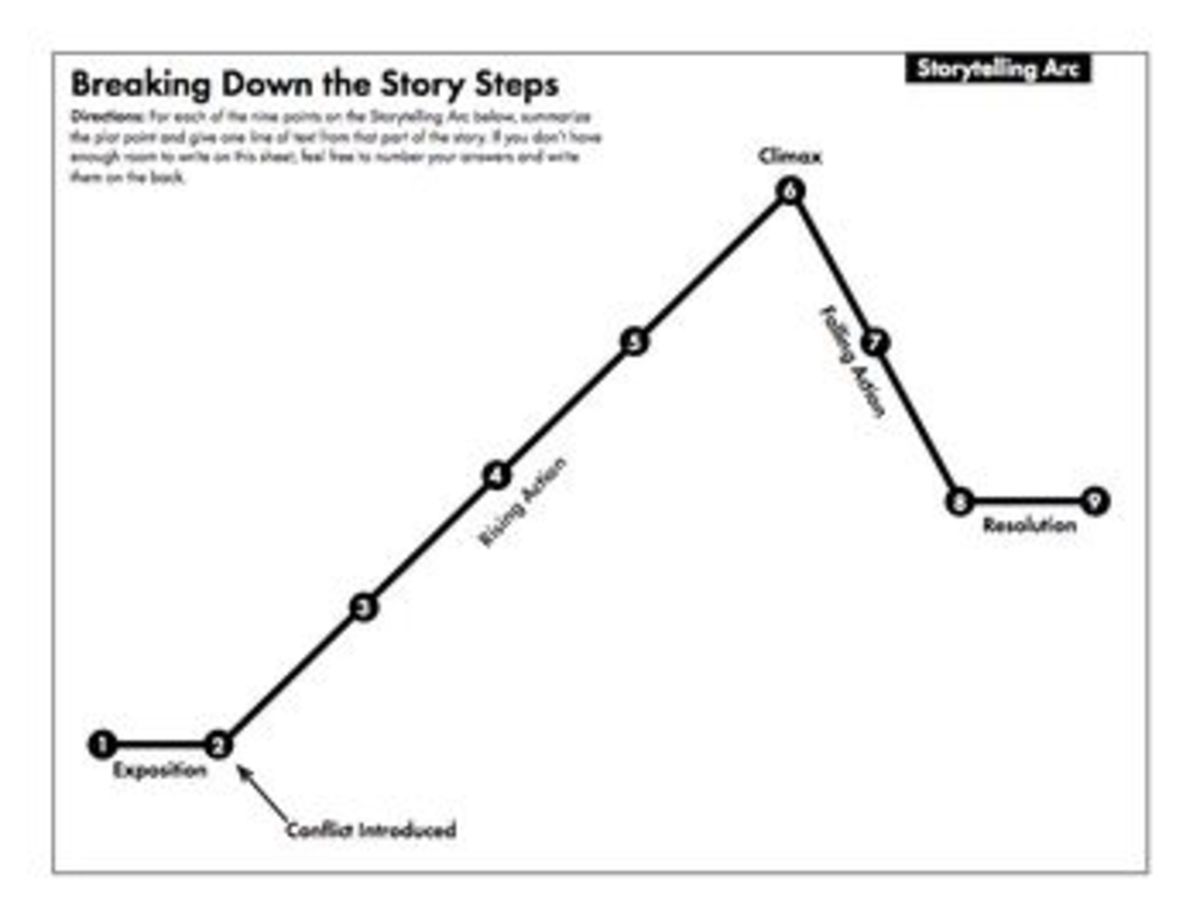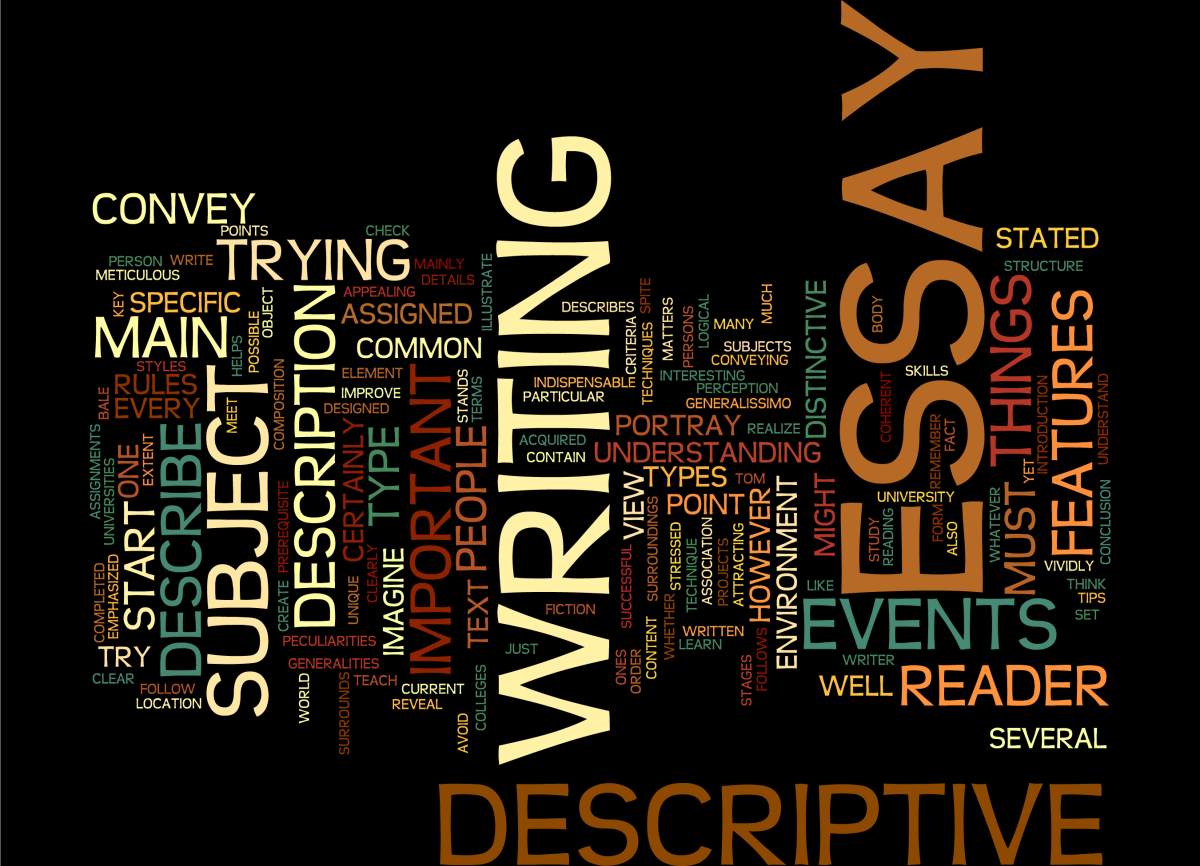Learn How to Write a Novel

There are a vast number of people writing novels every day, and you could be one of them. Writing a novel can be a daunting task, but it is also a very rewarding experience. So how can you get started?
There are three main approaches when it comes to writing a novel: plot development, character development, and setting development. I will go over these in detail and describe how they affect the novel writing process, along with a description of how the end products might look. In truth, authors will integrate these approaches when writing to add factors from each, but they will often tend to favor one approach over the others.

My Novel

Plot Development
Goal: The plot takes the central role in this approach. The novel is driven by the plot and all aspects of the story relate to the plot in some manner.
Process:
- Begin by coming up with the main conflict of the story.
- Diagram how this conflict will change as the story progresses.
- Decide what the climax will likely be as related to the conflict.
- Insert key plot elements on the diagram, such as how the conflict is introduced, why it is important, and how it is resolved.
- Develop these elements in a couple of paragraphs. It is essential that the author understands the conflict in a story before writing about it.
- Create a few characters, and describe how the conflict relates to these characters both personally and as a group.
- Think of turning points that will drive the plot from the introduction to its conclusion, and put these on the diagram.
- Begin writing, using the diagram as a guide to help you along.
Result: With this approach, the novel should end up as a fast-paced, page-turner. There may be little focus on the characters and how they relate to each other, but the conflict is clear and understood by the characters, the reader, and especially the author. The reader is driven to reach the end, and the novel is an exhilarating ride to the finish.
Which writing approach do you favor?
Character Development
Goal: This approach focuses mainly on one or more characters and their growth over the course of the novel.
Process:
- Decide on the number of characters to follow throughout the story.
- Write down a physical description of the characters.
- Next decide on their personalities, listing as many character traits as you can think of that fit each character, whether these are positive or negative.
- Create a flow chart or other visual diagram to show the relationships between the characters at the beginning of the novel.
- Now write down how these relationships should be by the end of the novel and how these changes may impact the characters.
- Once you know the changes you want, decide on a conflict or plot that can enable this to happen. It may bring the characters together or split them apart or do whatever else you desire.
- Begin writing the novel by introducing the characters and their relationships.
- Continue writing using your diagrams and character analyses as guides to reach the conclusion you envision.
Result: With this approach, the novel may be a bit more slow-paced, but the characters will be much more developed and intriguing. The relationships between characters will be explored, and the changes in these relationships and the growth of the characters will be the main subject of the novel.

Setting Development
Goal: This approach is meant to explore a setting and dive into the rich past of an area or region.
Process:
- Decide on where and when the novel will take place.
- Describe the setting as it is currently in the time period you have selected. This includes physical features, such as buildings and terrain, as well as atmosphere and the people of inhabiting the location.
- Write out a detailed history for the setting that shows how it became what it is currently. It may also be useful to develop how the setting will change in the future.
- Create a conflict that will enable the characters and the readers to explore the setting, perhaps uncovering lost mysteries or secrets about its past.
- Decide how and why this conflict will take the characters throughout the area.
- Describe how discovering more about the setting changes the characters or the atmosphere.
- Begin writing the novel, starting with the description of the setting.
- Continue to write, introducing the conflict and letting the histories and descriptions you wrote guide you to the conclusion.
Result: With this approach, the novel becomes almost a history of a real or fictional setting. The pace of the novel will likely be slower than the plot development approach, but it will include much more description that should engage the reader's curiosity about discovering more of the setting.








